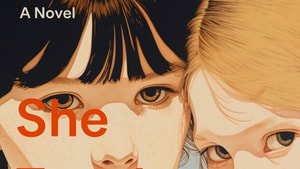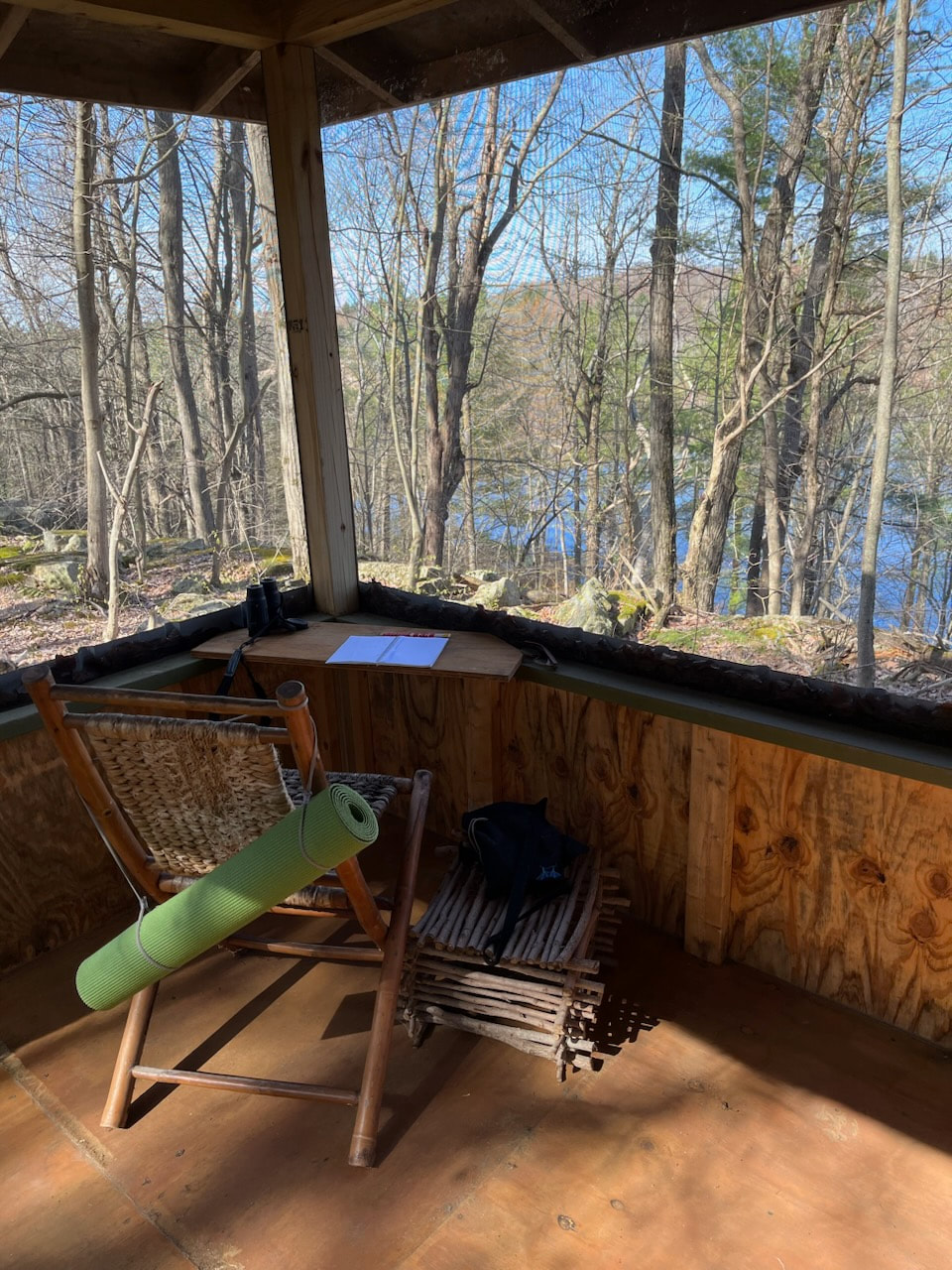|
In the strictest of honesty, the accompanying photo is actually where I might write, but only when it's above 45 and not pouring rain. Which, as many know, is uncommon conditions for the Would-Be Farm in springtime. But who cares about the weather outside? I have a heavily notated Word document to peruse.
I hired an editor. Oh, believe me, I know the irony. Having made a living editing the idea that it's taken years for me to pay someone for this service? Oy. I've thought idly about what metaphor might illustrate my giddy joy at having someone read the novel so closely, with such candor and insight. Is it like giving yourself over to a really good massage? One that might hurt a little, but that will leave you better off? Or is it like having the undivided attention of a professor you really admire when that professor is in a generous mood to discuss you and your marvelous ideas? Erm, I'm going to go with massage. Some strong-fingered person who's really good and can find pockets of soreness that need to be worked away. Anyhow, I'm less than a third of the way through her suggested edits. I don't know if it's relief at having direction or sheer vanity at getting someone's lavish attention, but I'm bubbling with happiness. Granted, I may indeed need an actual massage at the end of these long days at my computer screen, but perhaps that too is part of the new publishing world.
4 Comments
|
Archives
July 2024
Categories
All
|



